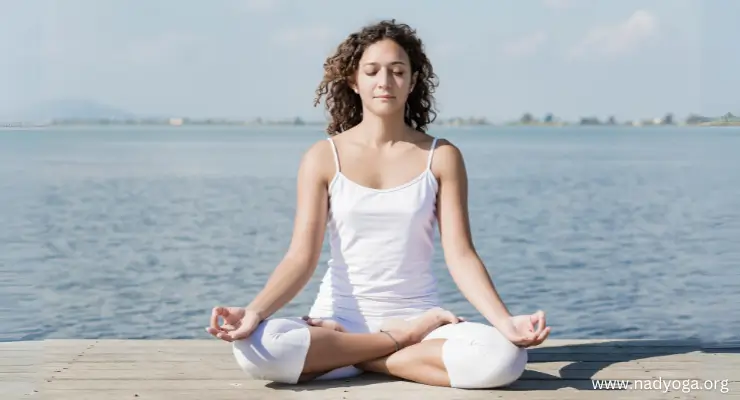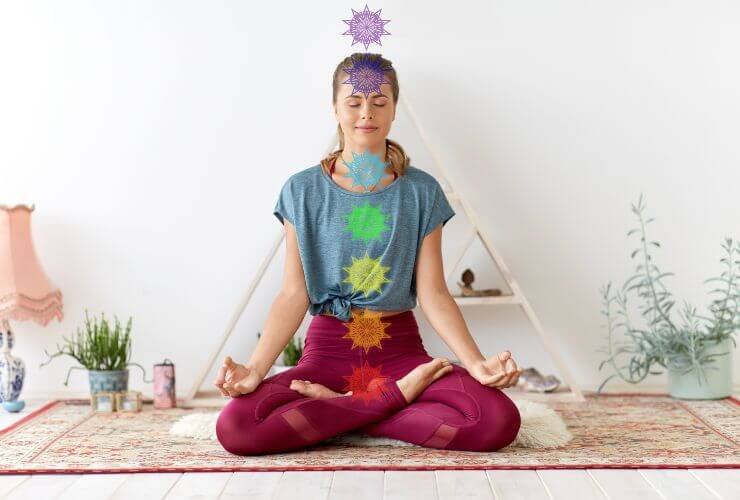Padmasana, or Lotus Pose, is one of the most recognized and celebrated poses in the yoga practice, symbolizing purity and enlightenment. It is often used in meditation due to its stability and the creation of an ideal condition for deep concentration. The Lotus Pose requires a considerable amount of flexibility in the hips, knees, and ankles, and as such, is a goal many practitioners work towards.
How to Do Padmasana
- Starting Position: Sit on the floor with your spine straight and legs extended in front of you.
- Folding the Legs: Bend your right knee and gently place your right foot on your left thigh, ensuring the sole faces upward and the heel is close to the abdomen. Ensure your right knee is as close to the ground as possible.
- Completing the Pose: Repeat the process with the left leg, placing the left foot on the right thigh. Both knees should ideally touch the floor, and the soles of the feet face upward. The position of the legs resembles the petals of a lotus, hence the name.
- Hand Position and Gaze: Place your hands on your knees in a mudra (gesture) of your choice. Maintain a straight spine, relax your shoulders, and either close your eyes or fix your gaze softly in front of you.
- Breathing: Focus on your breathing, maintaining slow and deep breaths, facilitating a meditative state.
Benefits of Padmasana
- Enhances Flexibility: Regular practice increases flexibility in the hips, knees, and ankles.
- Improves Digestion: The pose stimulates the abdominal organs, aiding digestion and helping to alleviate digestive issues.
- Stabilizes the Mind: Padmasana is ideal for meditation and breathing exercises, helping to calm the mind and reduce stress.
- Strengthens the Spine: Maintaining an upright position strengthens the spinal muscles and improves posture.
- Stimulates the Chakras: It is believed to activate the chakras, particularly the root (Muladhara) and sacral (Svadhisthana) chakras, enhancing the flow of energy.
Contraindications
- Knee Injuries: Those with knee injuries should avoid this pose due to the pressure it puts on the knees.
- Ankle or Hip Issues: Individuals with ankle or hip problems should proceed with caution and consider modifications or alternative poses.
- Sciatica: This pose may exacerbate sciatica; consult with a healthcare provider before attempting.
Modifications and Tips
- Begin with Half Lotus: If full Padmasana is not accessible, start with Ardha Padmasana (Half Lotus Pose) to build flexibility.
- Use Props: Sitting on a cushion or folded blanket can elevate the hips and reduce strain on the knees and ankles.
- Warm-Up: Engage in hip-opening and gentle stretching exercises before attempting Padmasana to prepare the body and reduce the risk of injury.
Conclusion
Padmasana stands as a pinnacle of yogic practice, embodying physical grace, mental equilibrium, and spiritual awakening. Its profound benefits extend beyond the physical, promoting a sense of peace and connection within. Mastery of Lotus Pose requires patience, consistent practice, and mindful attention to the body’s limits, embodying the yogic journey’s essence.





